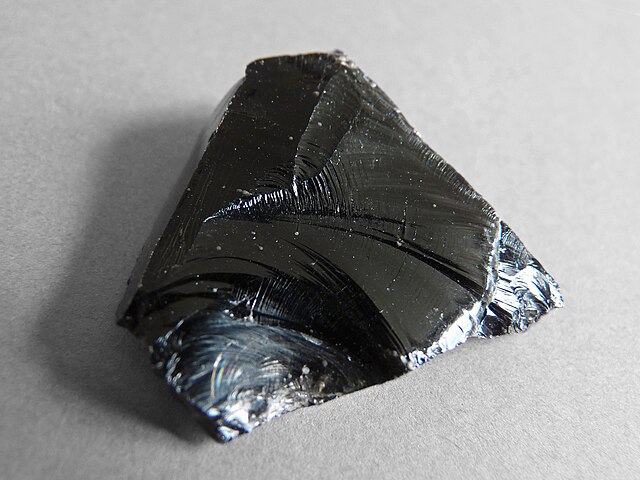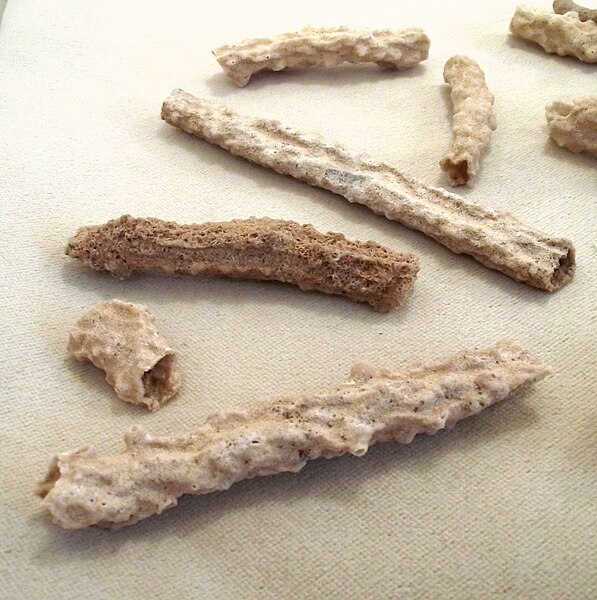Float glass is a sheet of glass made by floating molten glass on a bed of molten metal of a low melting point, typically tin, although lead was used for the process in the past. This method gives the sheet uniform thickness and a very flat surface. The float glass process is also known as the Pilkington process, named after the British glass manufacturer Pilkington, which pioneered the technique in the 1950s at their production site in St Helens, Merseyside.
Use of float glass at Crystal Palace railway station, London
Old window containing a single sheet of float glass in the upper left section, Jena, Germany. The remaining sections are possibly not float glass as indicated by the distorted reflections of a tree.
Float glass line
A float glass light fitting. Ordinary float glass is green in thicker sheets due to Fe2+ impurities.
Glass is a non-crystalline solid that is often transparent, brittle and chemically inert. It has widespread practical, technological, and decorative use in, for example, window panes, tableware, and optics.
A glass building facade
A piece of volcanic obsidian glass
Moldavite, a natural glass formed by meteorite impact, from Besednice, Bohemia
Tube fulgurites








